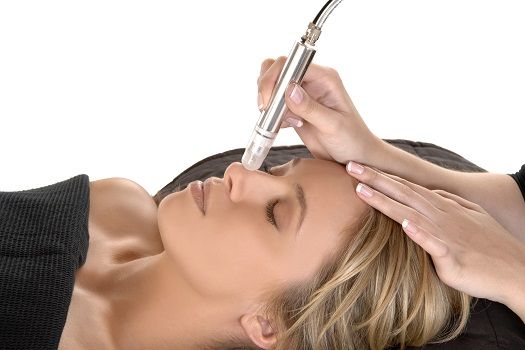Article
Officials Investigate HIV Transmission Risk Via Cosmetic Skin Treatment
Author(s):
A trip to the beauty salon could result in exposure to dangerous blood-borne viruses.

Officials at the Public Health England (PHE) are investigating the spread of blood-borne viruses with the use of a cosmetic skin treatment growing in popularity.
Needle microdermabrasion, in its simplest terms, is rolling tiny needles over the face. Repeatedly doing so causes microscopic injury, which promotes the growth of collagen—the skin’s main structural protein. Multiple cosmetic treatments focus on the collagen in order to reduce wrinkles and fine lines. However, the PHE is looking into potential dangers of microdermabrasion.
Three beauty salon workers acquired needle stick injuries while disassembling the device after providing the treatment. All of these occurrences took place using the same device at different salons in North West England from March to May 2016.
“Use of needle microdermabrasion system scan results in bleeding and generation of serous fluid at the site where the device is applied,” a PHE statement said.
Luckily, the three salon workers tested negative for any diseases, but the treatment still raises concern. If someone receiving the treatment has a blood-borne virus (such as hepatitis or the human immunodeficiency virus (HIV)) and the person providing the microdermabrasion is injured in the process, that person could exposed to the disease.
“As part of the investigation, PHE is working with Environmental Health Officers, and the device manufacturer, to recommend design modifications to reduce the risk of needle stick injury and cross-contamination,” the statement continued, “and to support development of improved training and infection control guidance for providers offering needle microdermabrasion.”
According to The Medical Board of California, if used as a cosmetic treatment where it only affects the outer layer of skin, microdermabrasion can be performed by a licensed cosmetician. However, penetrating deeper levels of the skin requires a physician, not even a medical assistant.
The statement was provided by the PHE.
Related Coverage:
Top HIV/AIDS Revelations Over the Past Year
HIV Structural Discoveries Could Lead to Advanced Treatments
Three Countries Make Progress Towards the Global HIV 90-90-90 Targets





